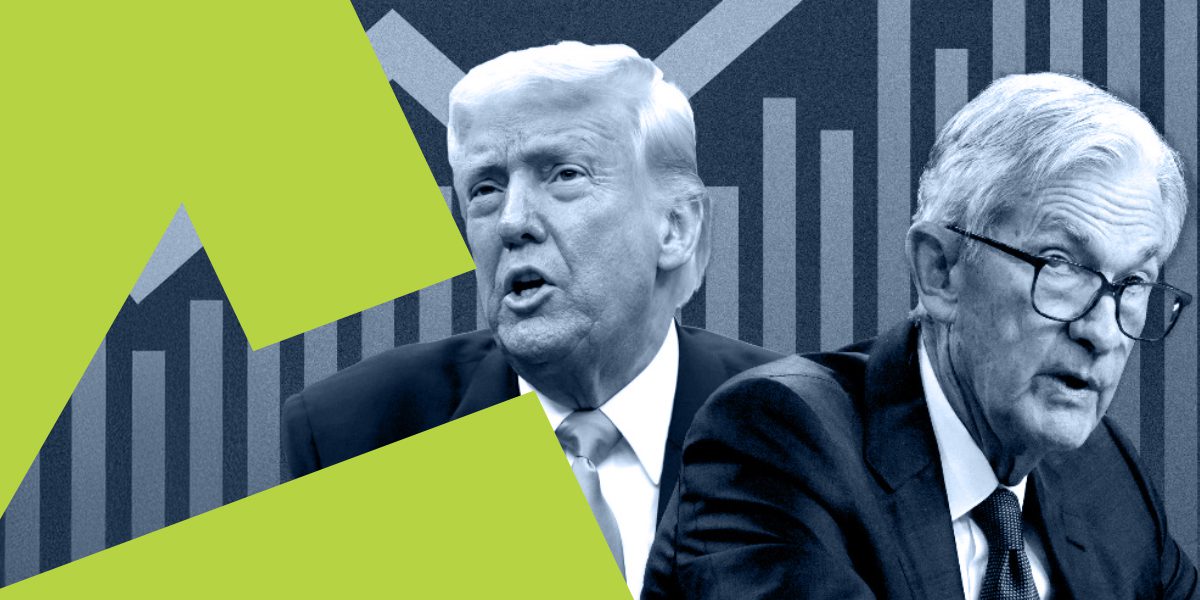Technology is certainly at the heart of the FX Business, and, nowadays, has a role to play in dictating the rules of the game. The term “toxic FX flow” often has a direct relationship to the technology behind the liquidity.
What is toxic flow in FX anyway?
There is really no simple answer to this question. Toxic flow can take many forms. It can be the trading on invalid market rates, the trading on the inefficiencies of non-sophisticated FX technology or trading in the same direction, across multiple trading venues at the exact same time. Toxic flow is generally viewed as unwelcome or predatory but I should add here that, what may seem toxic to one market maker may be welcome flow to another.
Traders attempting to implement the same strategies that they’ve employed in the futures and stock markets tend to face multiple problems in the margin FX space due to the fact that there is no central exchange and no backup in the form of real goods. Normally, if someone is winning, someone, somewhere is losing but, regardless, it’s expected that all market participants play by the rules to maintain order and avoid chaos.
Unfortunately, here and there you will find people who want to challenge the system or play on its weaknesses. Below you can find several examples of “toxic FX flow”:
1) Latency Arbitrage or “Picking-Off” the feed
A type of trading that is specifically designed to capture price deviation. This involves placing trades on technology/software that is known to be latent (slow) to the market and then covering those positions at a profit as soon as that provider catches up to the true market. This is not trading on the market but rather trading on someone else’s inefficient technology and is a good example of predatory flow.
It is no secret that many market makers operate with unsophisticated pricing engines and, as a result, may be slow in updating prices. This leaves room for all types of arbitrage.
2) Market Impact of Multiple Orders
A market-maker could be streaming liquidity to multiple price venues at once and could therefore be susceptible to being “hit” at the same price, at the same time by the same client on different platforms. For example, a bank may agree to provide “top-of-book” liquidity of EURUSD 10 million to five different platforms (or brokers) assuming that those venues would be streaming their prices to a large, diverse client base. Someone (knowing the price shown is only good for EUR10 million) could take advantage of this and hit all five platforms at the same exact time in EUR10 million, so, instead of assuming a position of EUR10 million, the bank is given EUR50 million at a top-of-book price that was really only there for EUR10 million. Basically the client has managed to trade at a price that was “off-market” for a trade of EUR 50 million.
3) News Trading
The most common way to drive banks crazy is to send multiple, or larger-than-usual trades as soon as markets move on a news release or because of an unexpected global event. This is often possible by calculating the exact timing of the price movement. Banks send anywhere from 30-100 price updates per second per currency pair, and sophisticated trading systems can detect the market direction within the first few updates and place their trades accordingly. Banks that are caught in a situation like this end up not having enough time to cover themselves in the market before prices move against them. They will therefore combat this type of trading strategy by altering or discontinuing their pricing to the client, especially ahead of news releases.
Can primary liquidity Market Makers (banks) reverse trades? Can they ask liquidity distributors to stop trading? Of course they can. How often is this done? Very rarely.
These are just a few examples of, what many regard as, toxic flow. Of course, many more new and intriguing cases are coming in every day, and I am always interested in hearing your views on them.






